
A blog focusing on 1/64 diecast from such popular brands as Hot Wheels, Matchbox, Johnny Lightning, M2 Machines, GreenLight, Tomica, Yat Ming, Majorette, MotorMax, Siku, Corgi, Guisval, Playart, Ertl, Zylmex, Racing Champions, & many more. Swifty's Garage features a daily Car Of The Day and news updates from your favorite brands!
Thursday, September 1, 2011
Car Of The Day: September 1, 2011
Today's car of the day is Siku's 1980 Audi 200.
The Audi 100 and Audi 200 are mid-sized automobiles manufactured for model years 1968–1994 by Audi, a division of the Volkswagen Group. The C3 model of the Audi 100 was sold in the United States as the Audi 5000 until 1988.
For more information and pictures of the real car please visit: Audi 200
Another car from the five pack I picked up at a recent train show.
The restyled C2 Audi 100 was launched in 1976, with an in-line five-cylinder engine (the first gasoline 5 in the world – Mercedes-Benz had shown the way in 1974 with their three litre diesel 5-cyl in the Mercedes-Benz C111). It was initially a 100 PS (74 kW) engine offering "6-cylinder power and 4-cylinder economy", and later upgraded to 136 PS (100 kW).
The Coupé was discontinued, but a five-door hatchback model, the 100 Avant, was launched in August 1977 as part of this generation. The mainstay of the range remained the four-door sedan model. A two-door sedan version was offered, primarily on the domestic market, from 1977, but by now there was little demand, even in Germany, for large two door sedans: few of these two door Audi 100 C2s were sold.
At the end of September 1977, the Audi 100 became the manufacturer's first model to reach a production level of 1,000,000 units. The millionth Audi 100 was a hatchback Audi 100 Avant assembled not at the company's main Ingolstadt plant but to the west, at the Neckarsulm factory which, since the demise of the mainstream volume models from the NSU range, had been concentrating on providing additional production capacity for the fast selling Audi range.
During model years 1982–1987, Audi's U.S. sales fell after a series of recalls of Audi 5000 models associated with reported incidents of sudden unintended acceleration linked to six deaths and 700 accidents. At the time, National Highway Traffic Safety Administration (NHTSA) was investigating 50 car models from 20 manufacturers for sudden surges of power.
60 Minutes aired a report titled Out of Control on November 23, 1986, featuring interviews with six people who had sued Audi after reporting unintended acceleration, including footage of an Audi 5000 ostensibly displaying a surge of acceleration while the brake pedal was depressed. Subsequent investigation revealed that 60 Minutes had not disclosed they had engineered the vehicle's behavior – fitting a canister of compressed air on the passenger-side floor, to pump fluid via a hose to a hole drilled into the transmission – the arrangement executed by one of the experts who had testified on behalf of a plaintiff in a then pending lawsuit against Audi's parent company.
Audi initially responded by suggesting that the drivers of the cars involved in the incidents were at fault, because they had stepped on the accelerator pedal rather than the brake. Subsequently, the National Highway Traffic Safety Administration (NHTSA) concluded that the majority of unintended acceleration cases, including all the ones that prompted the 60 Minutes report, were caused by driver error such as confusion of pedals. CBS did not acknowledge the test results of involved government agencies, but did acknowledge the similar results of another study. However, Audi's assertion that the driver was at fault was a poor public relations strategy. In 2009, when Toyota was involved in similar unintended acceleration problems, the company spokesman said “the lesson from Audi is no matter how convinced you are that the driver has made a mistake, it is very sensitive to suggest.” Toyota's press release was carefully crafted such that it "acknowledged rare problems with its accelerators, it was leaving itself room to argue later that sometimes drivers were at fault – while pointedly avoiding saying so directly".
With the series of recall campaigns, Audi made several modifications; the first adjusted the distance between the brake and accelerator pedal on automatic-transmission models. Later repairs, of 250,000 cars dating back to 1978, added a device requiring the driver to press the brake pedal before shifting out of park. As a byproduct of sudden unintended acceleration, vehicles now include gear stick patterns and brake interlock mechanisms to prevent inadvertent gear selection.
Audi’s U.S. sales, which had reached 74,061 in 1985, dropped to 12,283 in 1991 and remained level for three years. – with resale values falling dramatically. Audi subsequently offered increased warranty protection and renamed the affected models – with the 5000 becoming the 100 and 200 in 1989. The company only reached the same level of U.S. sales again by model year 2000.
As of early 2010, a class-action lawsuit – dealing with a charge that on account of the sudden acceleration controversy, Audi models had lost resale value – filed in 1987 by about 7,500 Audi Audi 5000-model owners remains unsettled and is currently contested in county court in Chicago after appeals at the Illinois state and U.S. federal levels.
Subscribe to:
Post Comments (Atom)

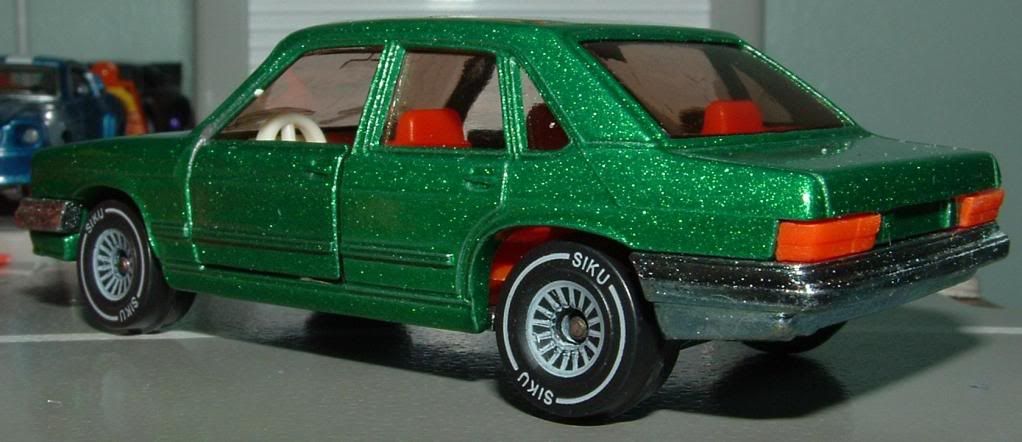

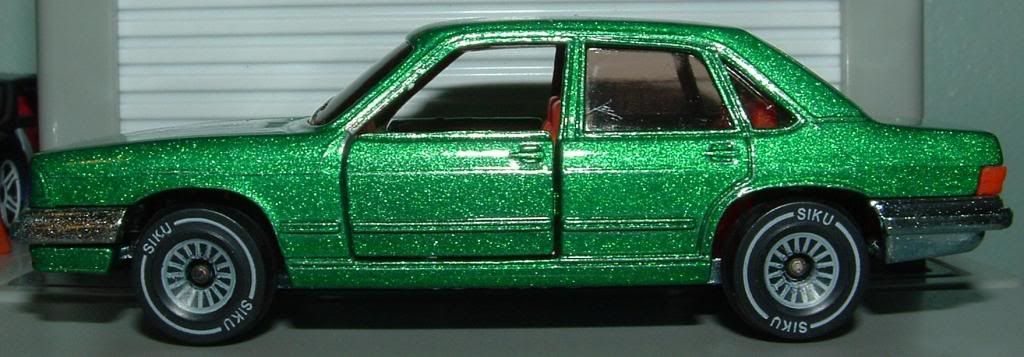
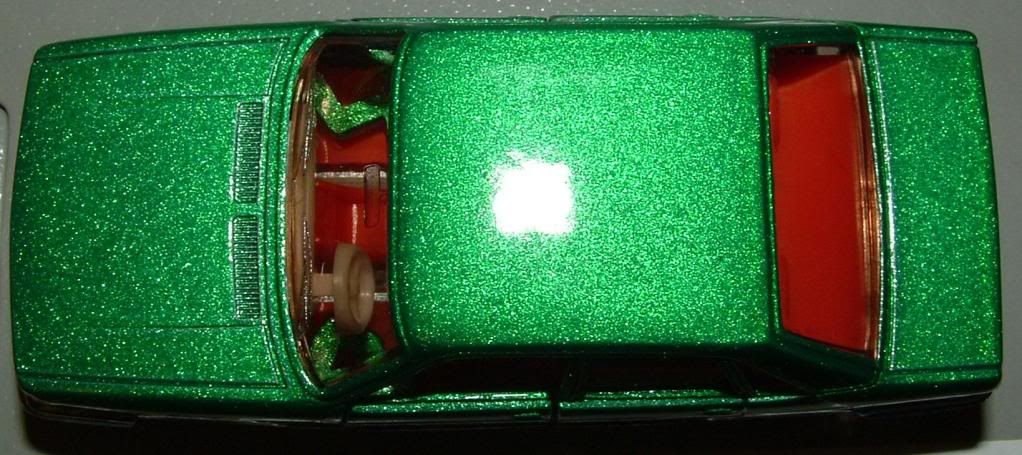
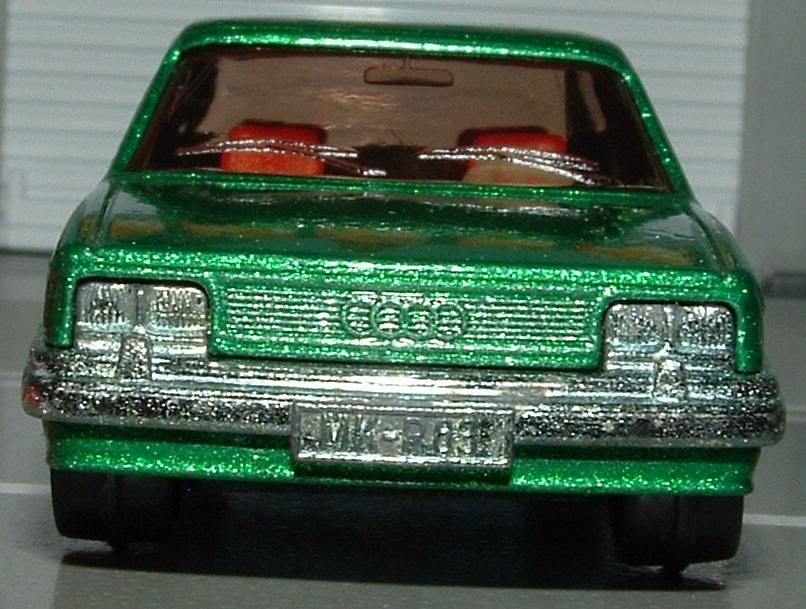
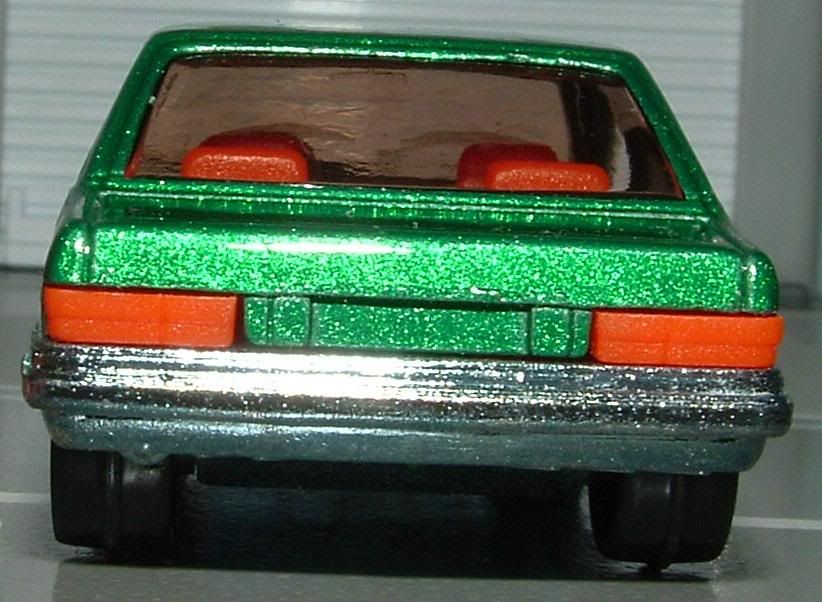
No comments:
Post a Comment